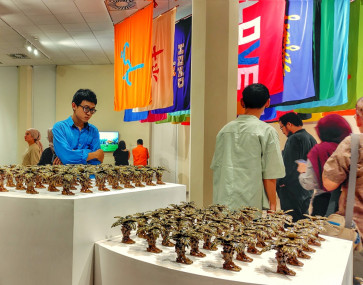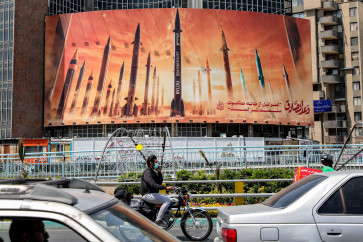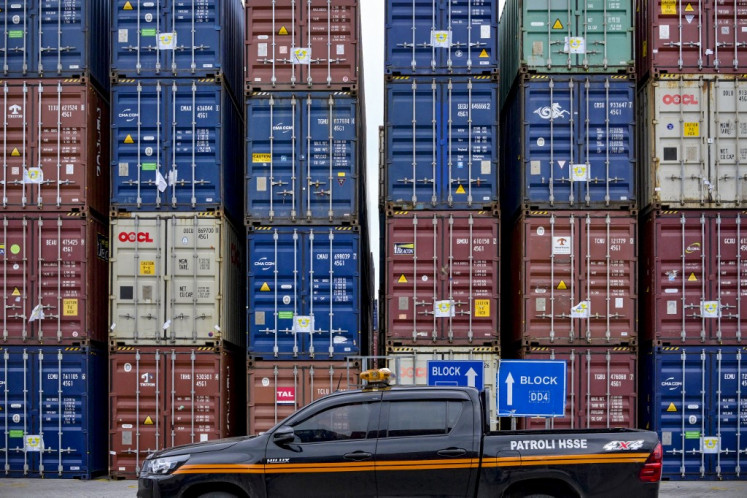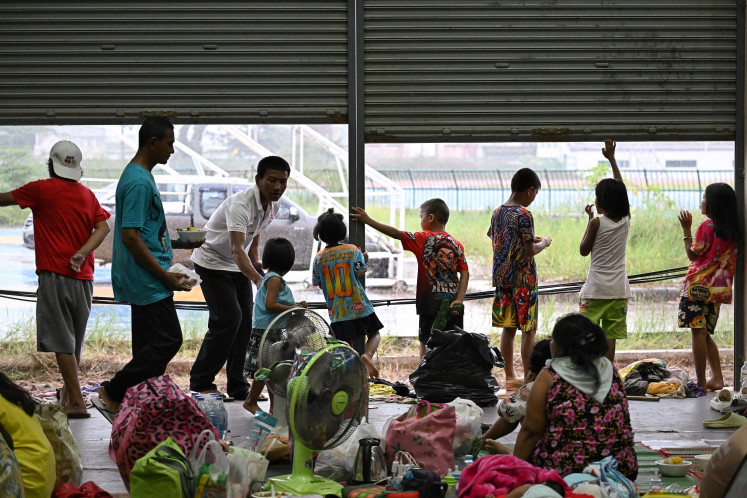Popular Reads
Top Results
Can't find what you're looking for?
View all search resultsPopular Reads
Top Results
Can't find what you're looking for?
View all search resultsRI, Japan develop peatland mapping system
Indonesian and Japanese researchers have developed a peatland mapping system so scientists can monitor carbon flux and estimate the size of carbon reservoirs in peat forests, a Japanese scientist says
Change text size
Gift Premium Articles
to Anyone
I
ndonesian and Japanese researchers have developed a peatland mapping system so scientists can monitor carbon flux and estimate the size of carbon reservoirs in peat forests, a Japanese scientist says.
Mitsuru Osaki, a visiting plant physiologist from Hokkaido University, Japan, said on Thursday that the Integrated Measurement, Reporting and Verification (MRV) System developed by the scientists could play a critical role in recovering and maintaining Indonesia’s peat forests.
With the system, scientists can more accurately measure peatland density and thickness to better manage carbon, Osaki said.
“By using cutting edge technologies and science, this system can help us to manage carbon in the tropical peatlands,” Osaki told attendees of a two-day international symposium titled “Wildfire and Carbon Management in Peat Forests in Indonesia” that ended on Friday.
The symposium was staged by the Indonesian Institute of Sciences (LIPI), the Technology Assessment and Application Agency (BPPT), the Japan International Cooperation Agency (JICA), the National Institute of Aeronautics and Space (LAPAN), Hokkaido University and Palangkaraya University.
The Indonesian-Japanese project started in 2008 in Central Kalimantan and was funded by the JICA and the Japan Science and Technology Agency (JST).
“In the project, we focused our research activities on how to rehabilitate, reforest, and manage the peatland areas severely affected by Mega-rice Project several years ago. To manage the peat ecosystem, we need more scientific data, thus we developed this reliable measurement system,” Osaki, also an expert member of the Intergovernmental Panel on Climate Change (IPCCC), said.
Japan is one of a few nations that have implemented an MRV system to estimate carbon emissions from complicated peatland ecosystems. Osaki said measuring carbon dioxide emissions from peatlands was a complex and difficult process.
LIPI’s chief botanist, Joeni Setijo Rahajoe, said that the new system could help Indonesia implementing REDD+ programs, referring to the UN’s Reducing Emission from Deforestation and Forest Degradation standards.
“It’s not easy to develop an MRV mechanism required to implement REDD. We need a lot of basic scientific information and ensure that the Indonesian government can accept the concept,” she said.
Southeast Asia accounts 70 percent of all peatlands in the tropics.Peatlands in Central Kalimantan have been recognized as one of the world’s most significant carbon reservoirs.
LIPI chairman Lukman Hakim underscored the importance of tropical peatlands.
“Tropical peat forests make an important contribution to regional and global biodiversity and provide vital but undervalued habitat for rare and threatened species especially birds, fish, mammals, amphibians and reptiles,” he said.
As its carbon dioxide emissions continue to increase, Indonesia has been facing pressures to reduce deforestation and peatland degradation deemed significant in causing carbon releases into the atmosphere.










